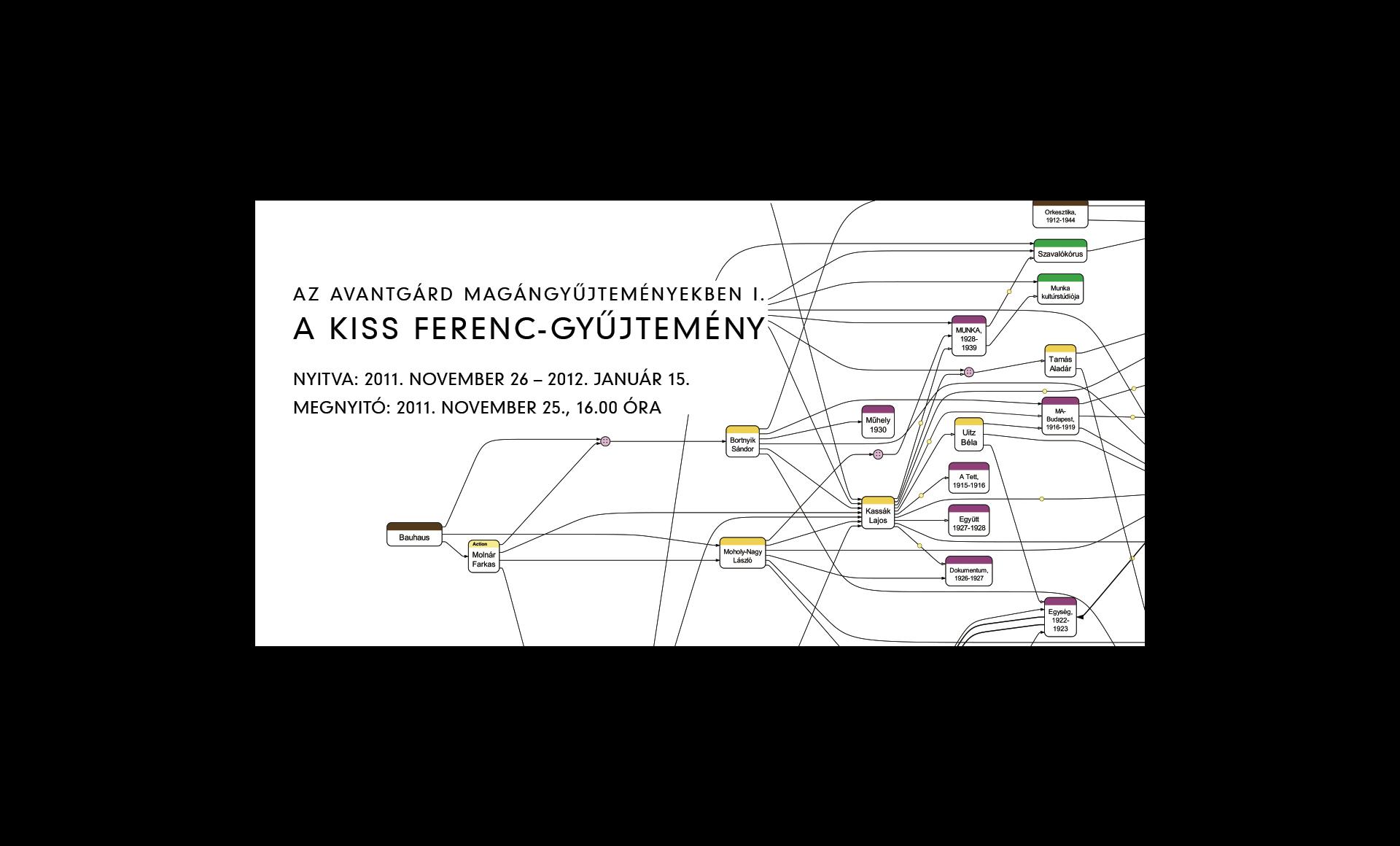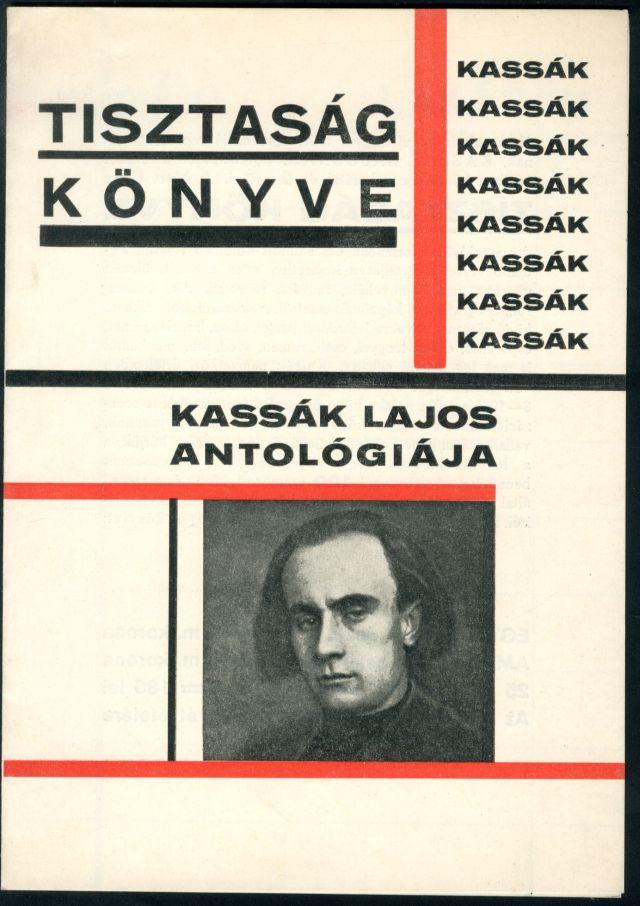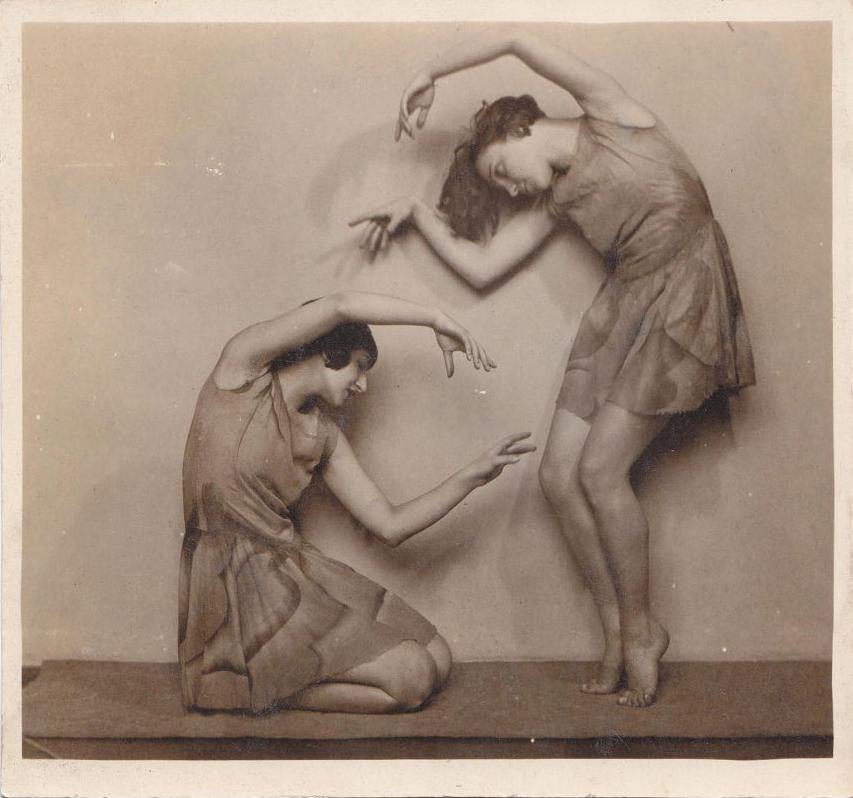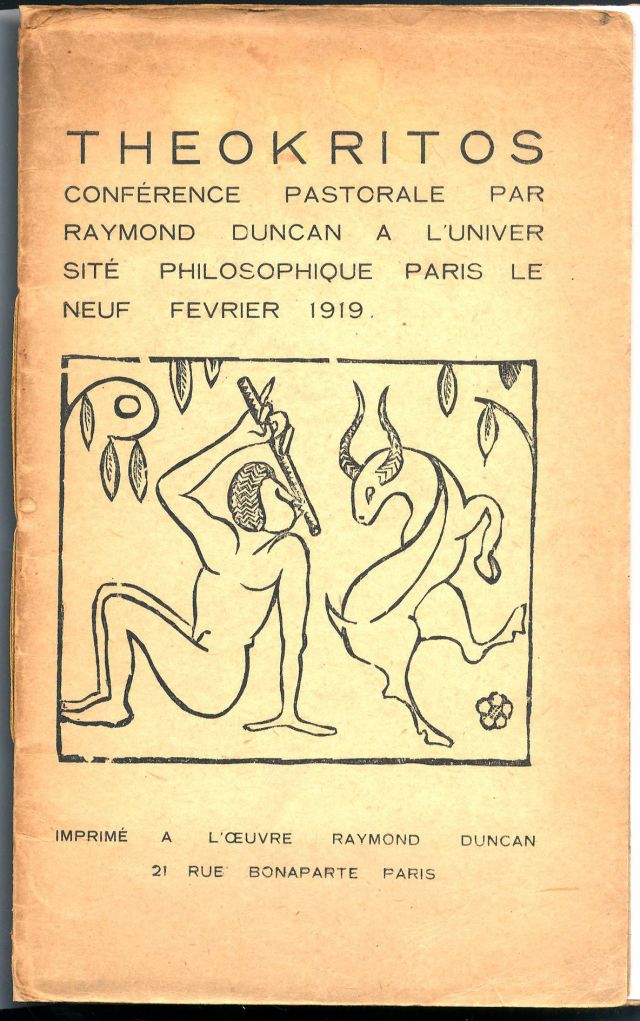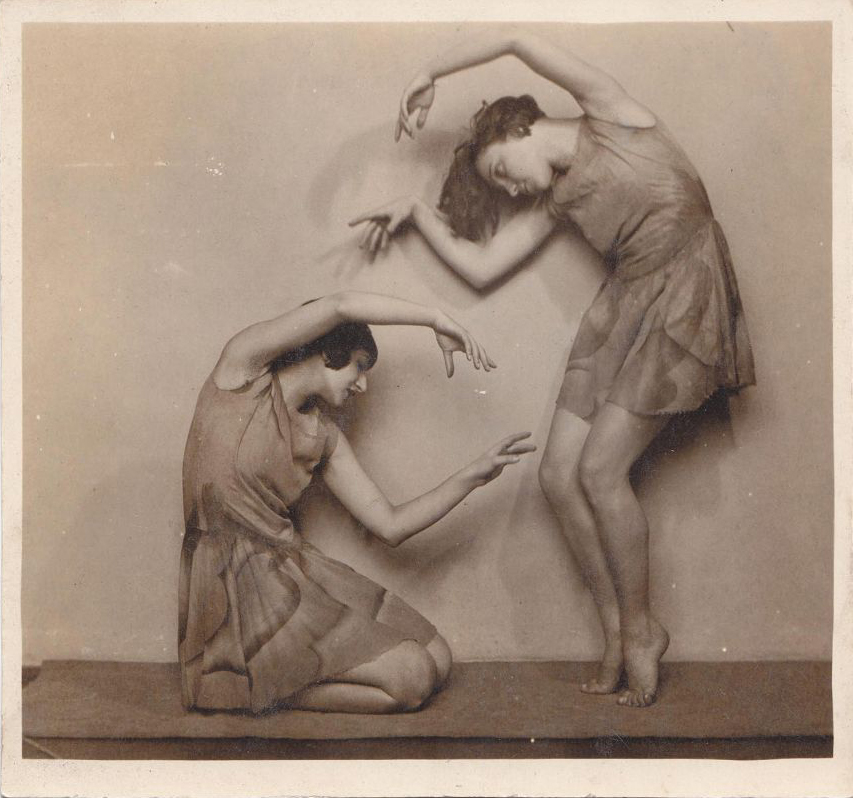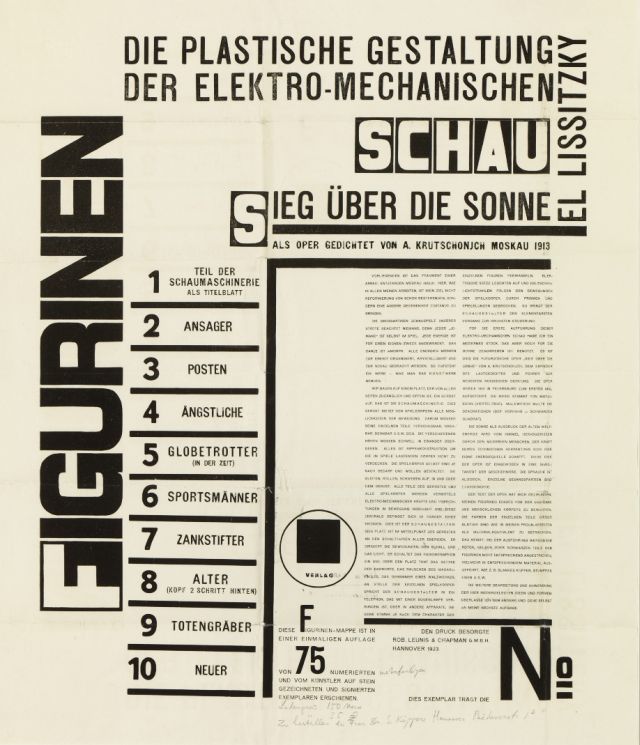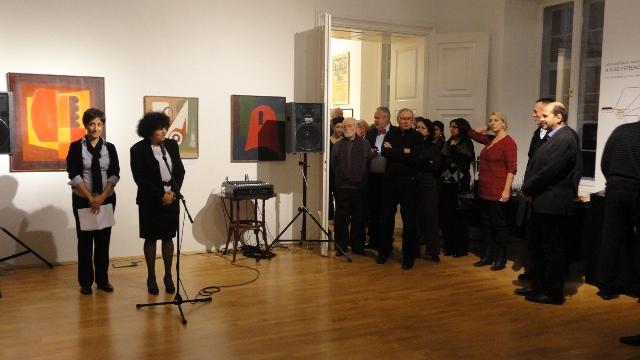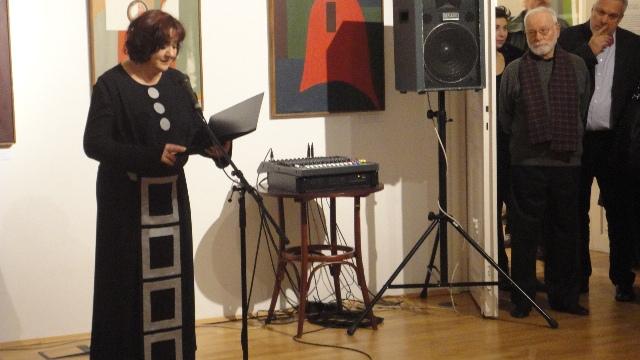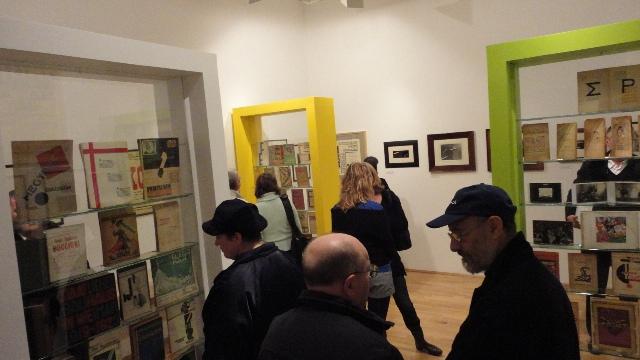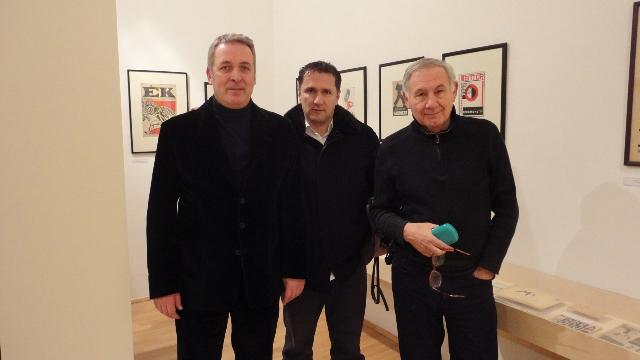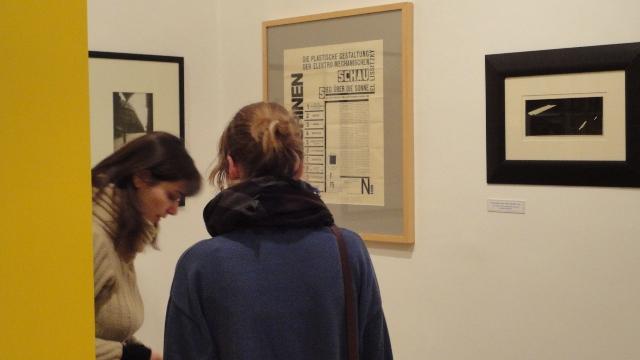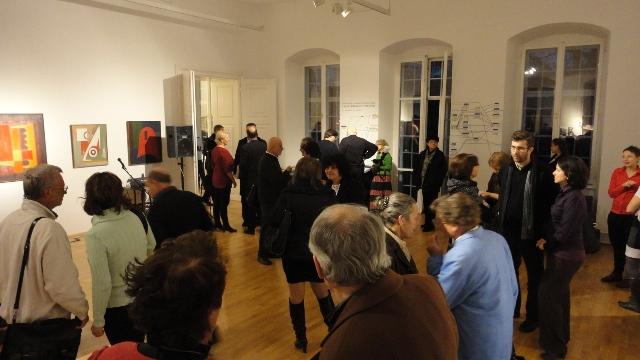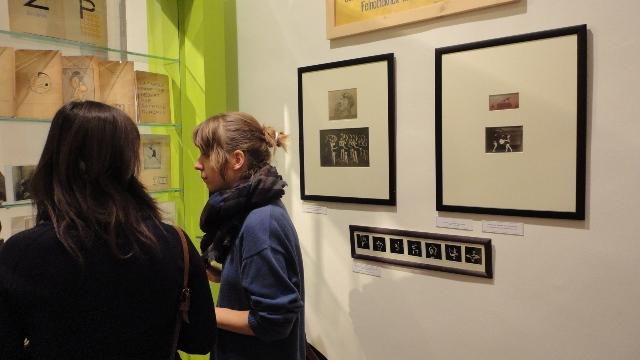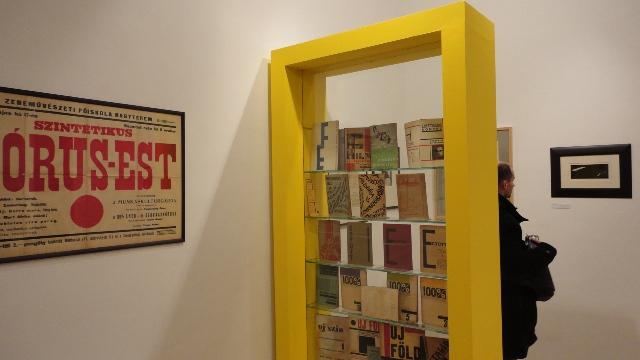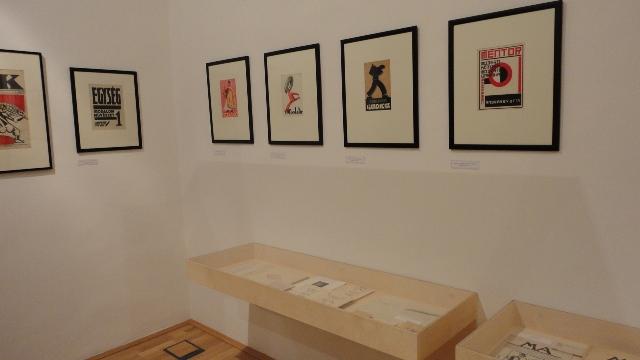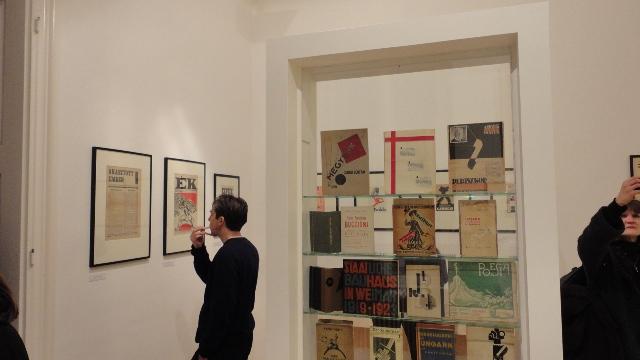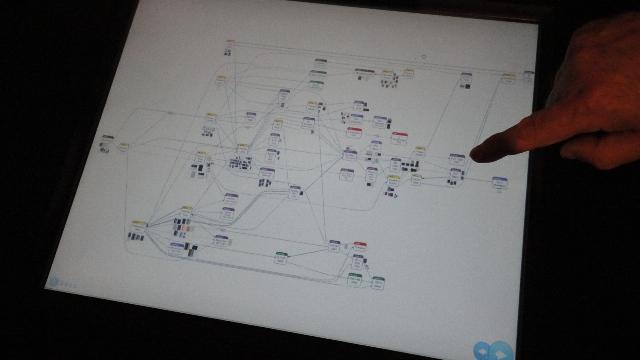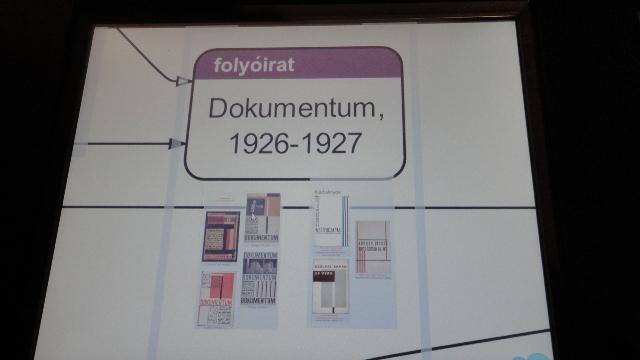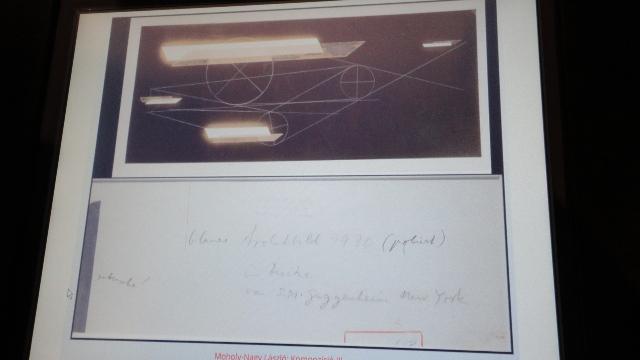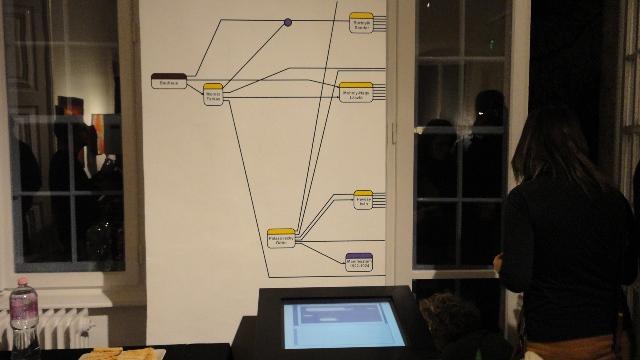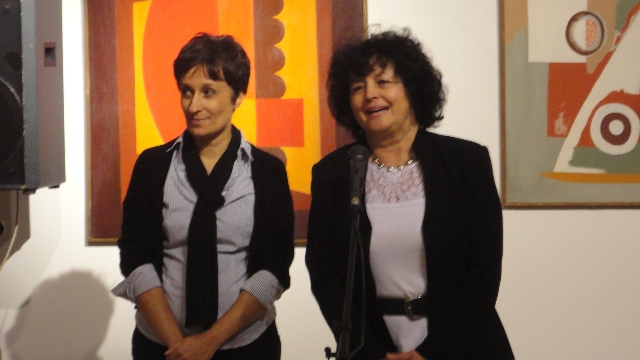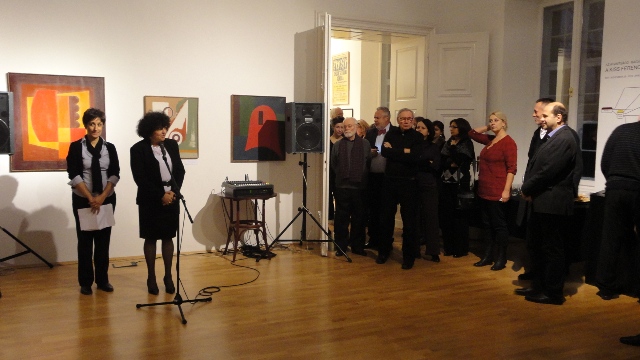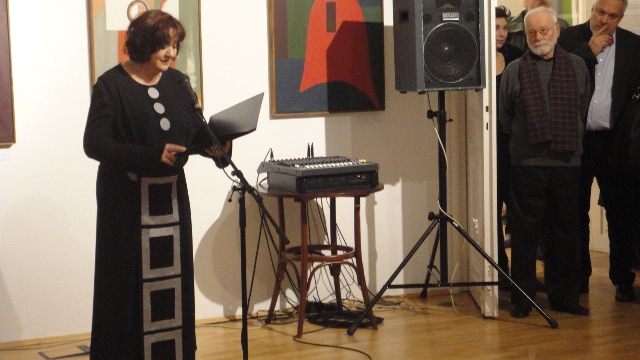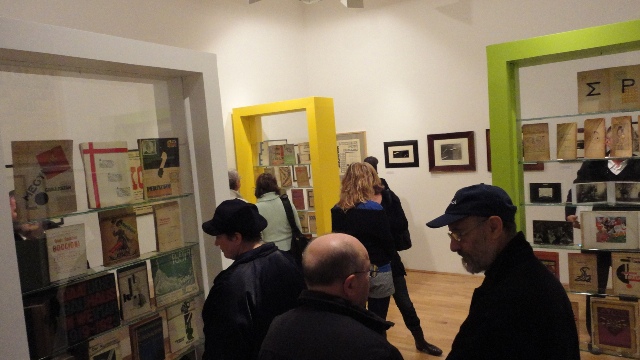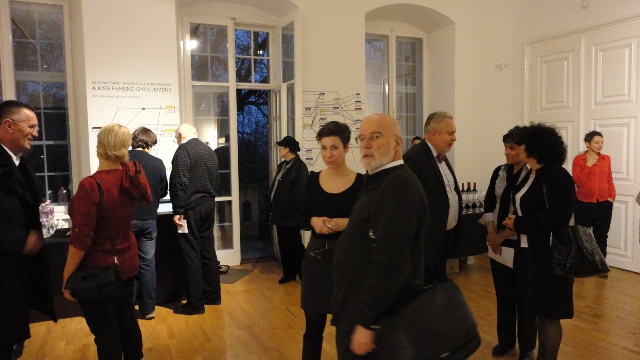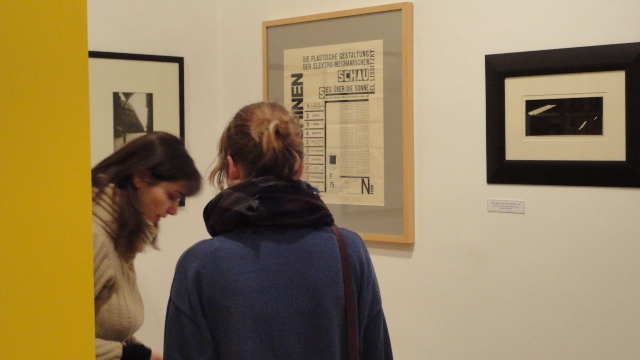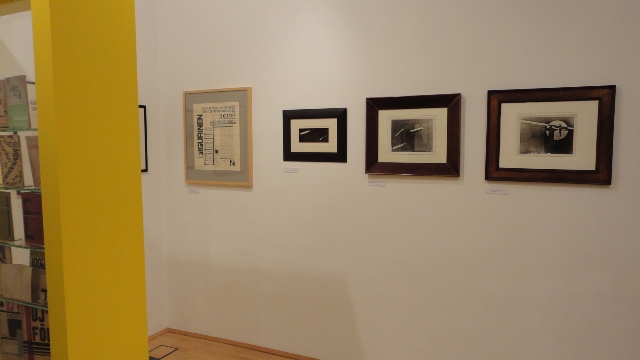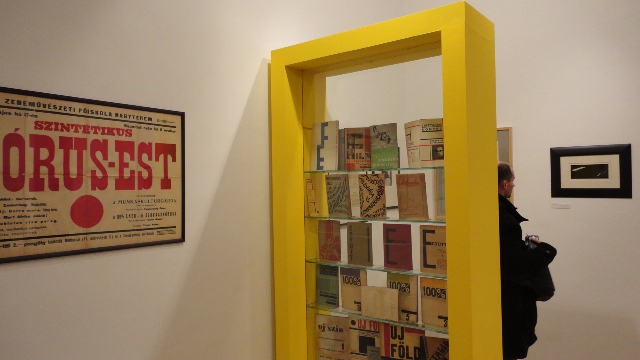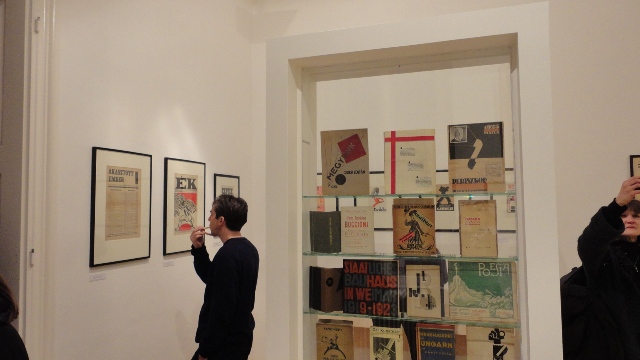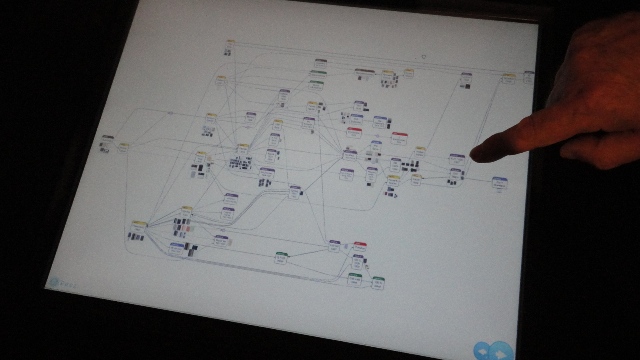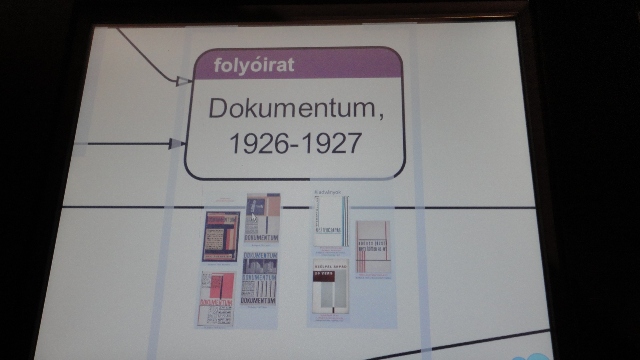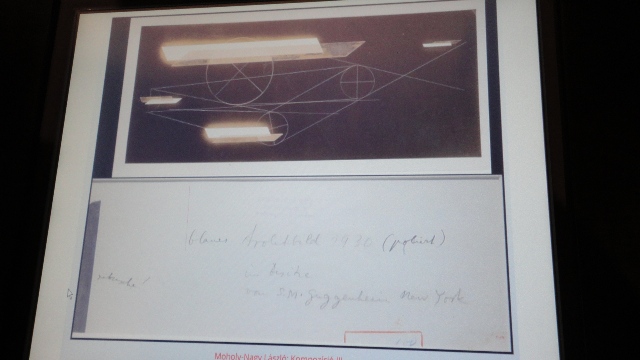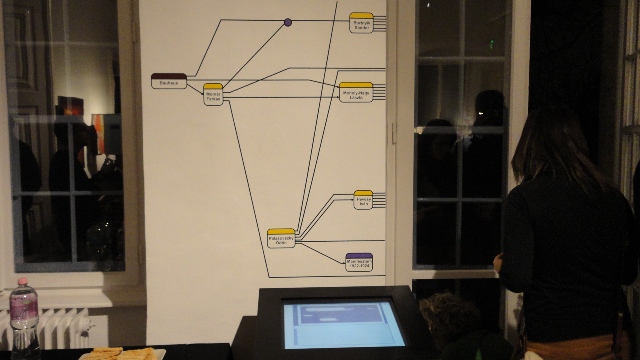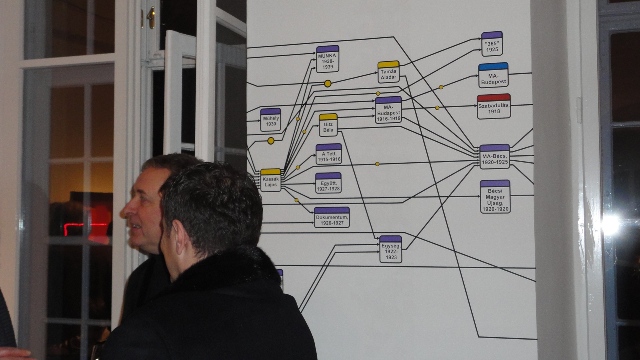The avant-garde in private collections I. The Ferenc Kiss collection
THE KASSÁK MUSEUM LAUNCHES A NEW SERIES OF EXHIBITIONS
The Kassák Museum launches a new series of exhibitions titled The avant-garde in private collections. With this series we would like to draw attention to the fact that when exploring the history of avant-garde it is not enough to examine the relevant materials of the public collections but one has to search the domestic and international private collections as well. It is among the plans of the Kassák Museum to create a research center that would introduce these collections and make them available for research at home and abroad.
One of the consequences of the practices and the way of thinking of the avant-garde art is the fragmentation of the material left to museum collections. In the history of art, the first event-based initiatives appeared then and campaigns aiming to transform social reality were organized. Propaganda-matinees, "machine-destroying" dance evenings and choral performances were held in flats and temporary theatres, the subsequent detection of which requires true dedication. We can not forget, either, that more schools of the avant-garde were theoretically against collecting and the institution of museums because the works strove to be close to life and to have social influence. The limited number of the works of art is also caused by the falling into the background of the traditional art forms. It is, among others, the manifestos, montages, commercials and scene designs that seek publicity for themselves in the world of art.
In our series we first present the
FERENC KISS COLLECTION
that includes the widest range of documents of modern art in the period between the 1910s and the 1940s.
In the field of historical modernism and classical avant-garde, the Budapest collection of Ferenc Kiss is considered as one of the most significant, privately-owned, archive-type collections. The Kassák Museum has also chosen to present this collection with Hungarian and international aspects because it unfolds the rich intellectual milieu and the diverse relationships that meant a life-giving medium for the activity of Kassák. The contemporary Hungarian and international periodicals, the original reproductions published in MA (Today), the letters, books, posters and invitations represent and expand, as a living description of a period, the possibility to display the epochal significance of Kassák and to reinterpret the classical modern Hungarian art.
Curators: SASVÁRI Edit, CSATLÓS Judit
Assistant Curator: RECHNITZER Zsófia
Public Relations: SZŐKE Katalin
Installation Works: MIHALKÓ György, HOLICZÁNÉ KOCSIS Annamária, GYÜRKY László
Graphic Design: MURÁNYI Zsuzsa
Translation: NYITRAI Edit
Based on the concept of Sasvári Edit and Kiss Ferenc, the digital, touch-screen version of the exhibition was made by JUHÁSZ-BARJÁK Anna
Initiator of Concept for the technical solution of this project: SCHREINER József

